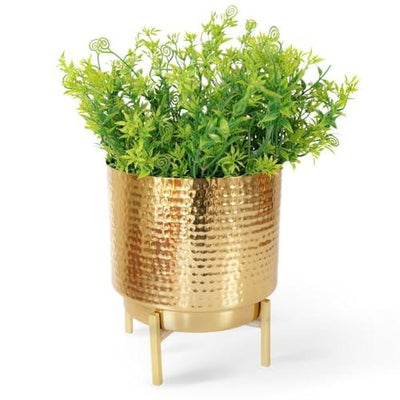Pruning 101: How to Keep Your Rubber Plant Looking its Best
Welcome to Pruning 101: How to Keep Your Rubber Plant Looking its Best! Pruning is an essential aspect of rubber plant care, helping to encourage healthy growth, maintain shape, and promote overall plant vitality. In this comprehensive guide, we'll walk you through everything you need to know about pruning your rubber plant, from the basics to advanced techniques. Let's dive in!
Why Prune Your Rubber Plant?
Pruning serves several important purposes when it comes to caring for your rubber plant:
-
Encouraging Healthy Growth: Pruning helps remove dead or damaged foliage, allowing your plant to allocate resources more efficiently to healthy growth.
-
Maintaining Shape: Regular pruning helps control the size and shape of your rubber plant, preventing it from becoming leggy or unruly.
-
Promoting Air Circulation: Removing excess foliage through pruning improves air circulation around the plant, reducing the risk of fungal diseases and pest infestations.
Pruning Techniques
When it comes to pruning your rubber plant, there are a few key techniques to keep in mind:
-
Removing Dead or Yellowing Leaves: Use sharp, clean pruning shears to trim away any dead or yellowing leaves. Cut the leaf stem at the base of the plant, being careful not to damage surrounding foliage.
-
Trimming Leggy Growth: If your rubber plant is becoming leggy or sparse, trim back long stems to promote bushier growth. Make cuts just above a leaf node to encourage new growth.
-
Shaping Your Plant: To maintain a specific shape or size, prune your rubber plant accordingly. Whether you prefer a compact bush or a more tree-like form, regular pruning can help achieve your desired aesthetic.
Dos and Don'ts of Rubber Plant Pruning
To ensure successful pruning and maintain the health of your rubber plant, here are some dos and don'ts to keep in mind:
Dos:
- Do use sharp, clean pruning shears to make precise cuts.
- Do prune your rubber plant regularly to remove dead or damaged foliage.
- Do observe proper pruning techniques to avoid causing stress to the plant.
Don'ts:
- Don't prune too aggressively, as this can shock the plant and inhibit growth.
- Don't leave behind stubs when pruning, as they can attract pests and disease.
- Don't prune during periods of active growth, as this can disrupt the plant's natural growth cycle.
By following these guidelines and incorporating expert pruning techniques into your rubber plant care routine, you can ensure that your plant remains healthy, vibrant, and visually appealing for years to come. For more tips on caring for indoor plants, be sure to explore our other helpful guides and resources. Happy pruning!

















Leave a comment